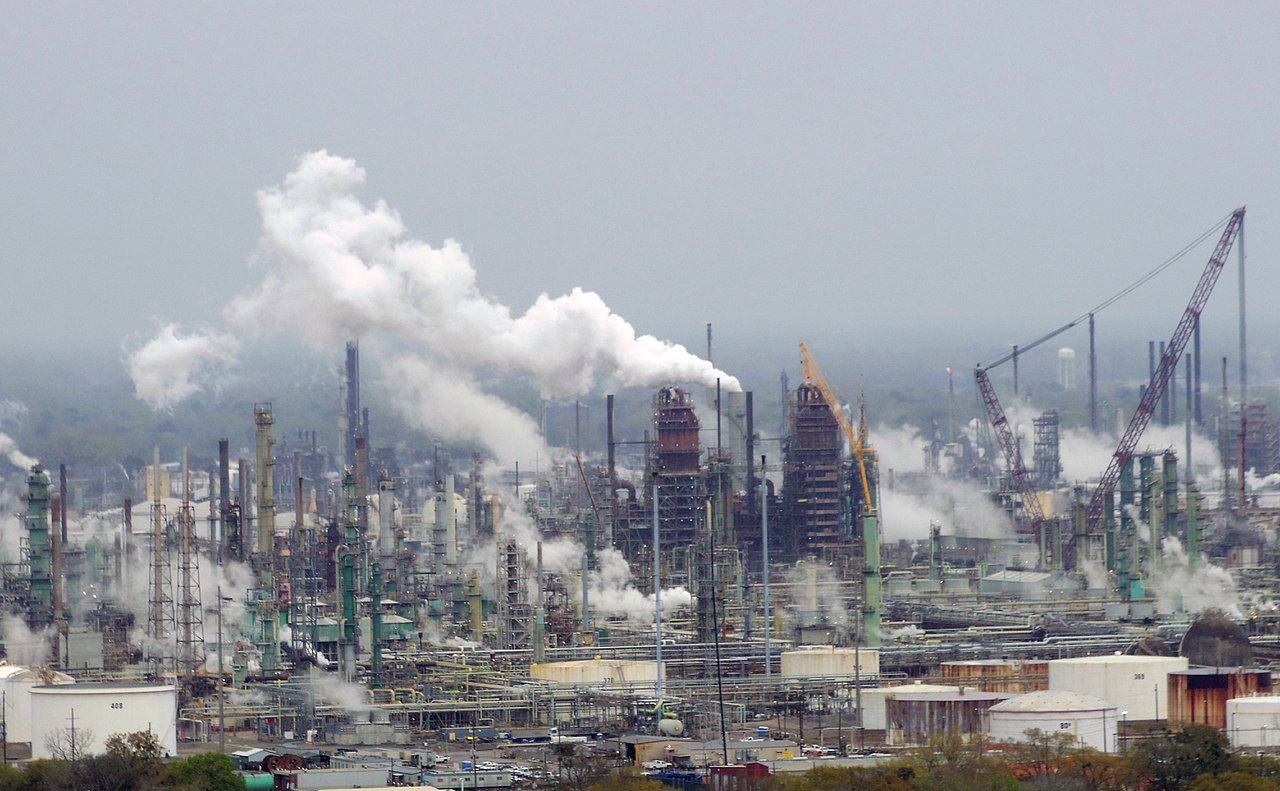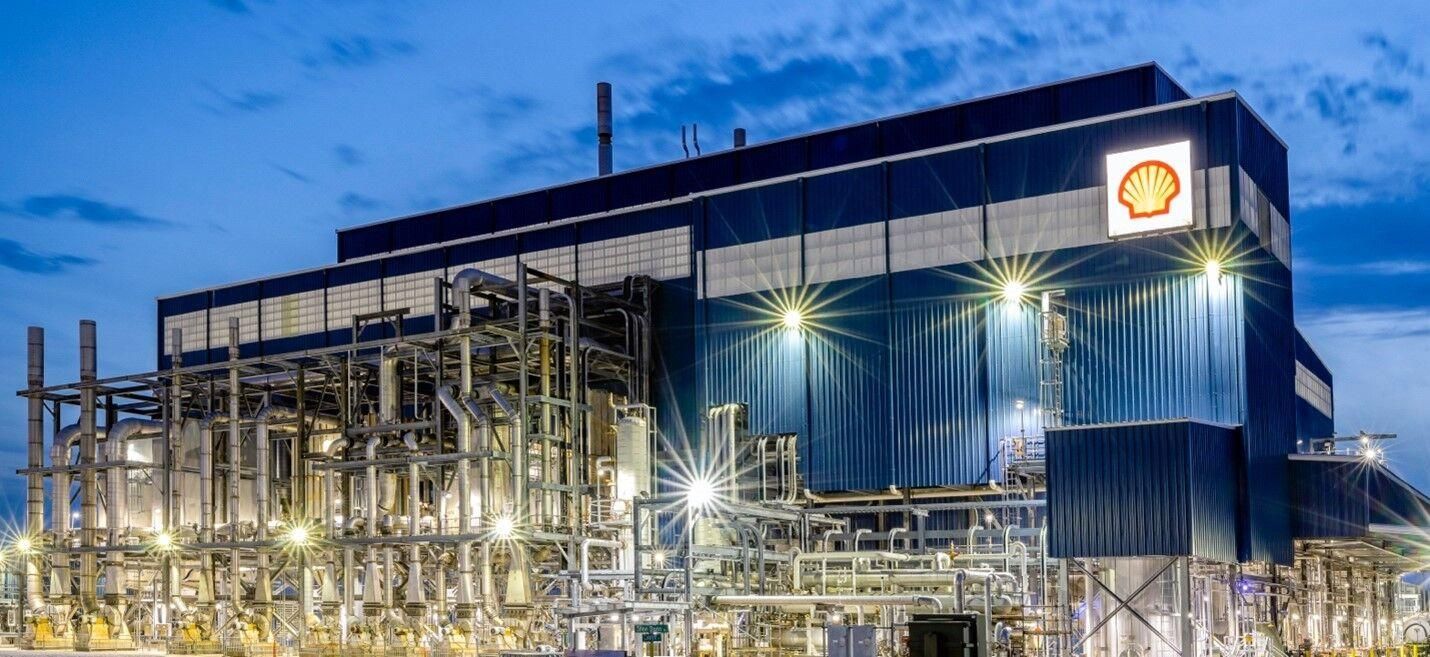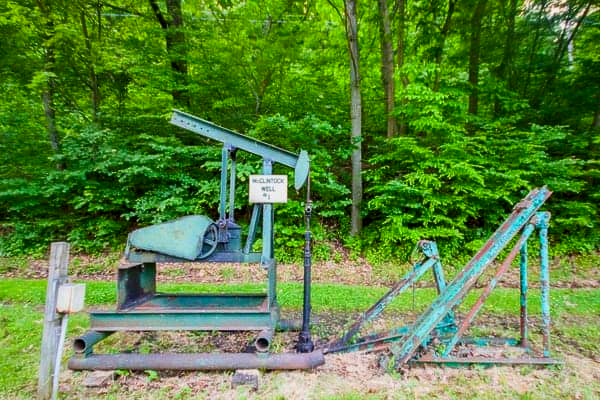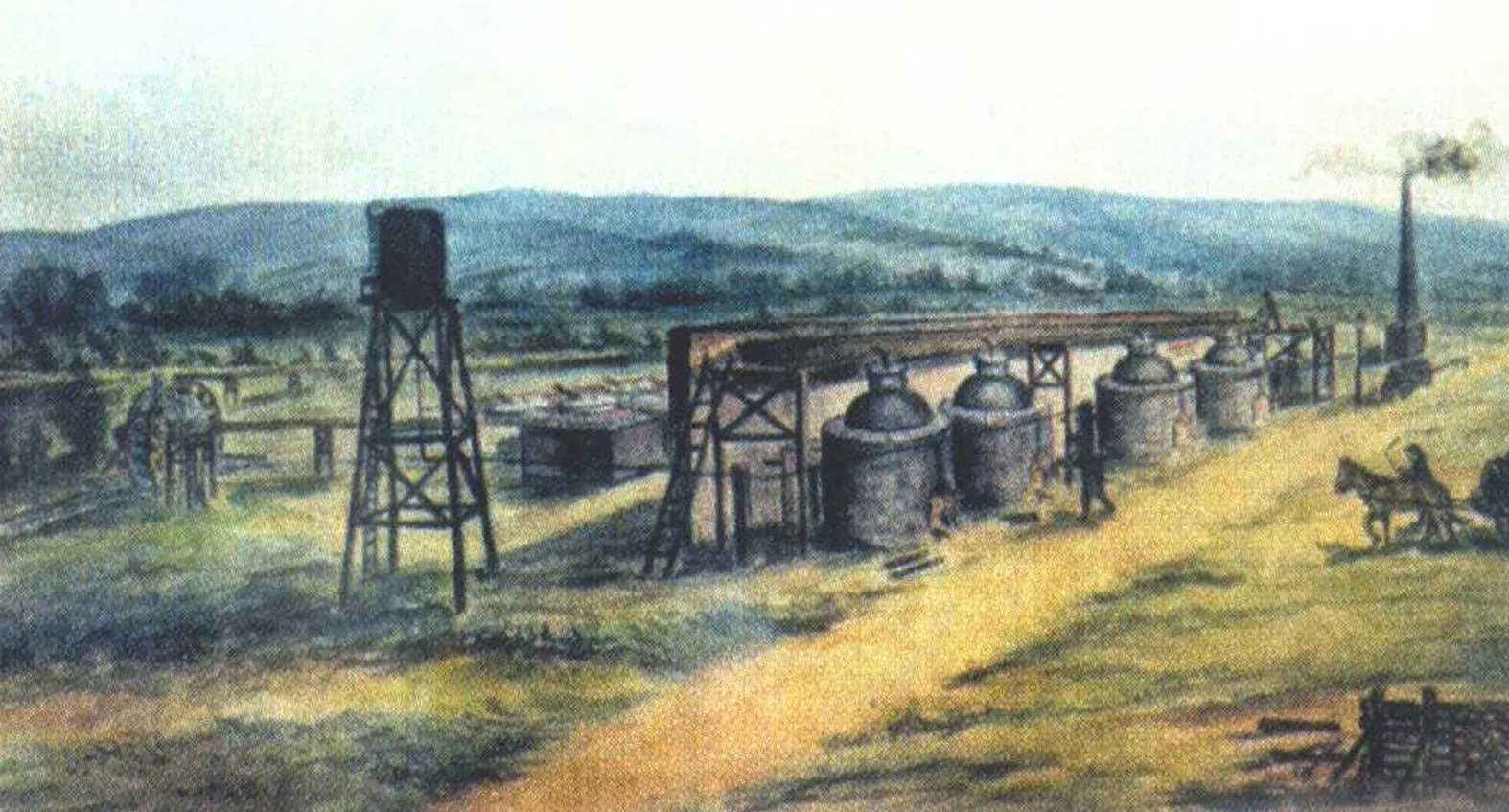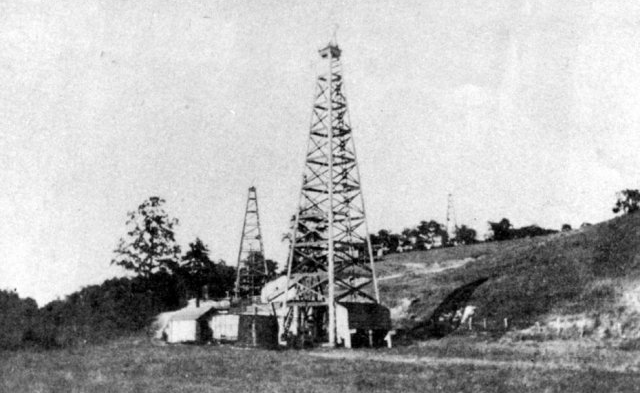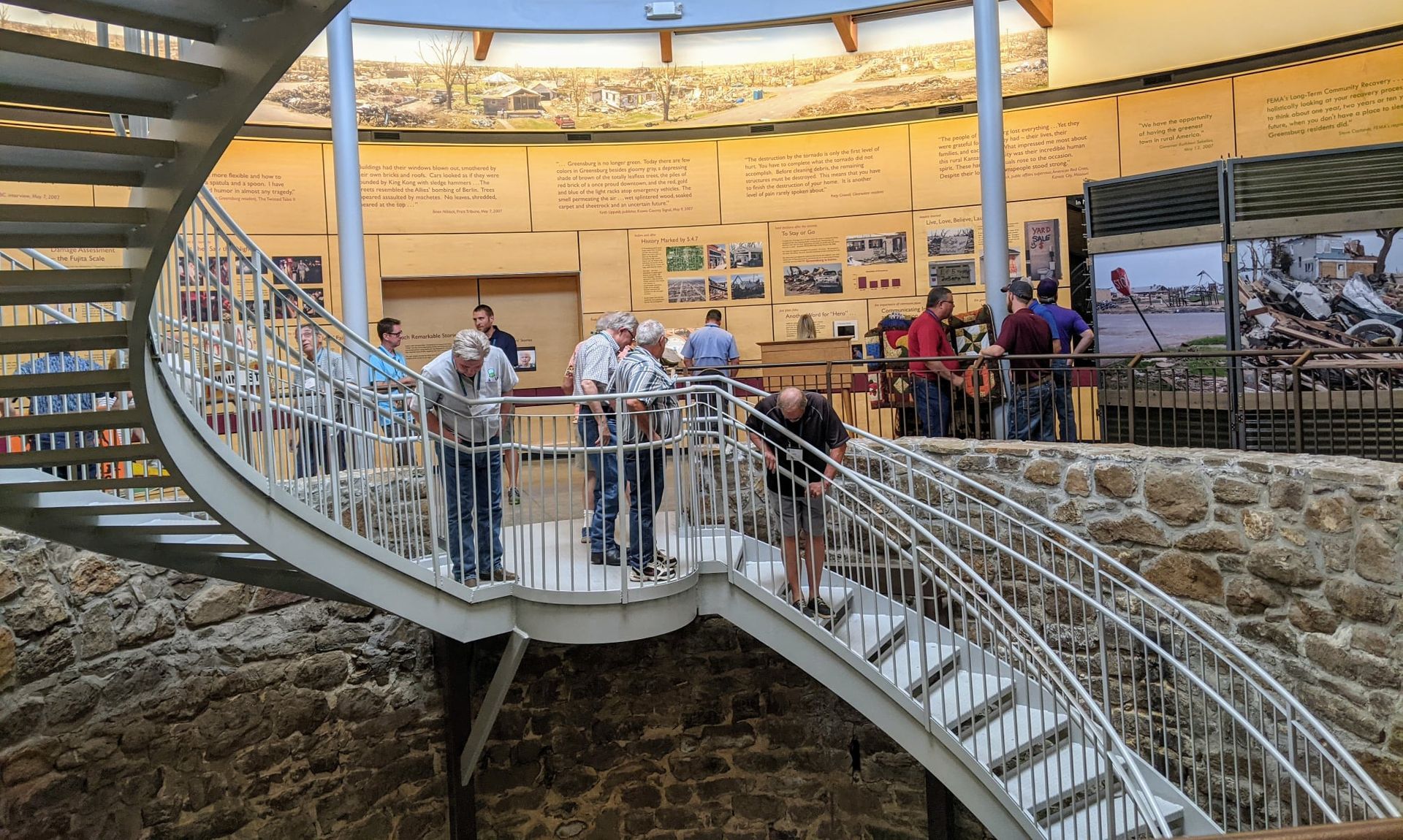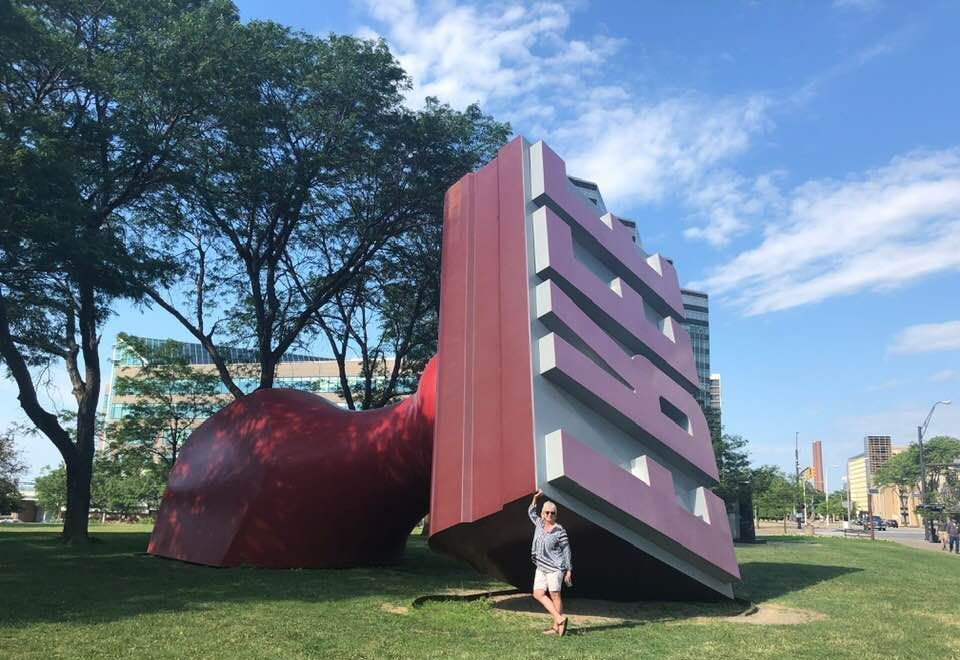World's First Over Water Oil Well: world record in Caddo Lake, Louisiana
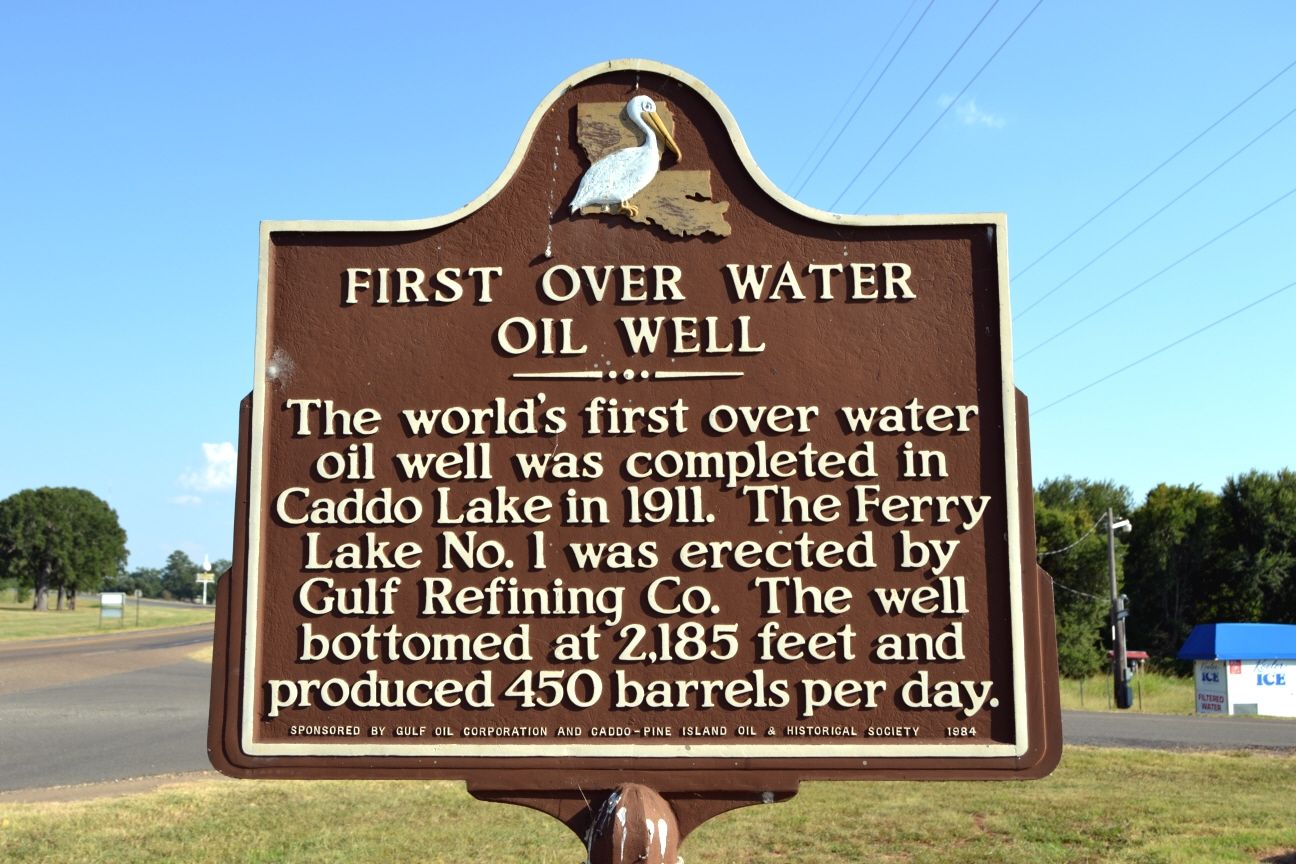
Caddo Lake, Louisiana, United States--The Ferry Lake No. 1, erected by Gulf Refining Co. on Caddo Lake in 1911, bottomed at 2,185 feet and produced 450 barrels per day; between the years of 1905 and 1942, the Caddo-Pine Island field produced 159,770,000 barrels of oil and 136,535,867,000 cubic feet of gas, and the field is still producing today, setting the world record for being the World's First Over Water Oil Well, according to the WORLD RECORD ACADEMY.
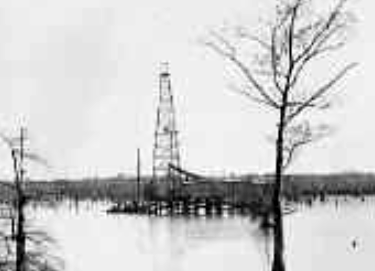
"The world’s first over water oil well was completed in Caddo Lake in 1911. The Ferry Lake No. 1 was erected by Gulf Refining Co. The well bottomed at 2,185 feet and produced 450 barrels per day. Erected 1984 by Gulf Oil Corporation and Caddo–Pine Oil & Historical Society," The Historical Marker Database says.
"32° 43.63′ N, 93° 58.21′ W. Marker is in Oil City, Louisiana, in Caddo Parish. Marker is at the intersection of State Highway 1 and Williamson Parkway, on the right when traveling north on State Highway 1. Marker is located at the driveway entrance to Earl G. Williamson Park. Touch for map. Marker is in this post office area: Oil City LA 71061, United States of America."
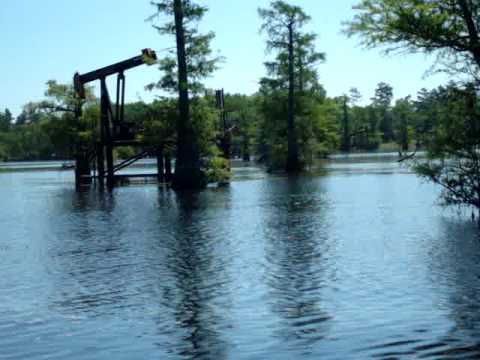
"The first “over water” or “offshore” oil well was drilled in Caddo Lake this week in 1911. After months of hard work and battles with mosquitoes, alligators and moccasins, the Ferry Lake No. 1 oil well (pictured) was drilled to a depth of 2,185 feet in Caddo Lake near Mooringsport and began producing 450 barrels of oil a day," the Today in Louisiana History says.
"It was the first "over water" or "offshore" oil well ever dug. A crew felled cypress trees on the shore and drove the trunks into the lake for pilings for the platform to support the well. A slush pit was also made of wood."
"Oil City was founded as a flag stop along the Kansas City Southern Railroad. At the time, the town was known as Ananias, a name that it supposedly had been given by some Shreveport men who owned a hunting and fishing club on Caddo Lake at what is known as "Kool Point". Ananias, along with Surrey and Caddo City, were absorbed into Oil City. These were stops along the railroad line, which had come through the area in 1895," the Town Of Oil City says.
"In 1904 Savage Brothers and Morrical drilled the first oil well. After the discovery of oil in 1905, the flag stop was destined to become a "boom town". Three years later a man named Howard Hughes (the father of the famous Howard Hughes) convinced the government to locate a post office in Oil City. He is also given credit for changing the name to Oil City.
"By 1910 the oil business was on its feet, with Gulf Oil drilling the first off-shore well in that year. The city boasted a population of 25,000. Land sales went from fifty cents an acre to $500 an acre within a year. 25,000 people populated the city, and all the land had been leased. The men in the oil field camps generally worked 12 hour shifts each day, seven days a week. They slept in tents at the camps. Usually their families did not accompany them. The community supplied the well workers with meals and housing. Passenger trains, operated by the Kansas City Southern Railroad, ran between the fields and Shreveport.
"In 1907 J.B.McCann who was an employee of the J.M. Guffey Petroleum Company (Gulf Oil Company), traced the flow of escaping natural gas acrossss the water of Caddo Lake by boat. Often, the escaping gas was so great that McCann could ignite the vapor and simply follow the flames across the lake. McCann leased nearly one thousand acres for Gulf Oil. One of Gulf's production superintendents and his assistant planned to construct permanent drilling platforms on the lake, with one platform every six hundred feet on each ten acre site. Once a site was staked, 140 cypress logs would be cut and barged to the location. Driven into the lake bottom they would be used to support the drilling platform and separate boiler setting. In 1911 Louisiana's first over water well, the Ferry Lake No. 1, was completed over Caddo Lake. This technology led to the offshore production in the Gulf of Mexico.
"Between the years of 1905 and 1942, the Caddo-Pine Island field produced 159,770,000 barrels of oil and 136,535,867,000 cubic feet of gas, and the field is still producing today. Maybe not as much, but still producing."
"The first oil well in Louisiana was drilled in 1901 in a rice field on the "Mamou Prairie" in the community of Evangeline near Jennings. The owner of the property, Jules Clement, had noticed bubbles rising from a spot in one of his rice fields when it flooded. With the recent discovery in Spindle Top in mind, he conducted an experiment. He stood on an old stovepipe over the bubbles, lit a match and threw it into the pipe. Gas from the bubbles ignited," The Louisiana Department of Natural Resources says
"They contacted Scott Heywood, a successful wildcatter in Texas, to see if he would be interested in their prospect. Heywood visited the area and noted that the land formations were much the same as those at Spindle Top and conducted his own tests by lighting the bubbles with matches. When it burned with a red flame, showing smoke at the top of the flame, he was convinced that it was petroleum gas. Heywood contracted to drill two wells to a depth of 1000 feet each for an undivided one-half interest in the acreage. The contract also provided that he could organize a company to be called the Jennings Oil Company.
"To date, over 220,000 wells have been drilled in Louisiana. It is this first well which changed the history of our State forever. In north Louisiana, the Oil City Louisiana State Oil and Gas Museum reports that the first well drilled offshore was in Caddo Lake (formerly called "Ferry Lake"), the Ferry Lake No. 1 well in 1909."
"Caddo Lake is a 25,400-acre (10,300 ha) lake and bayou (wetland) on the border between Texas and Louisiana, in northern Harrison County and southern Marion County in Texas and western Caddo Parish in Louisiana. The lake is named after the Caddoans or Caddo, Native Americans who lived in the area until their expulsion by the United States in the 19th century. The US forced most of them to move west to Indian Territory.
"The lake and bayou comprise an internationally protected wetland under the Ramsar Convention and includes one of the largest flooded cypress forests in the United States. Caddo is one of Texas's few non-oxbow natural lakes. It is the second-largest lake in the South; however, it was artificially altered by the addition of a dam in the 1900s.
"A different industry came to Caddo Lake in the early 20th century with the discovery of oil beneath it. The
world's first over-water oil platform was completed in Caddo Lake in 1911. The Ferry Lake No. 1 was erected by Gulf Refining Company. The well bottomed at 2,185 feet (666 m) and produced 450 barrels per day (72 m3/d).
"Oil derricks were erected throughout the lake, further damaging the fragile ecosystem. The oil industry left Caddo for richer fields at Kilgore and other locations in Texas. Texas tried to preserve parts of Caddo in 1934 by establishing a 483-acre (2 km²) state park, with trails, cabins, and other facilities constructed by the WPA." (Wikipedia)
"In 1910, the first over water (offshore) search for oil began. Pioneering this unique endeavor was the J. M. Guffey Petroleum Company later known as Gulf Oil Company and now Chevron. A Guffey employee had noticed gas seepage bubbling up through the water in Caddo Lake in 1907 therefore; the company leased a thousand acres of land on the Mooringsport side of the lake," The Historic Caddo Lake Drawbridge says.
"Guffey's first well was drilled in 1907 for gas at 800 feet but the first major completion on the property, the Number 1 Hostetter, was brought in on December 8, 1908 with 1600 barrels of oil a day from a depth of 2,282 feet. The Federal Government owned the land at the bottom of the Caddo Lake and auctioned off the drilling rights. Gulf's production chief in Louisiana was able to lease an 8000 acre tract for $100,000 on which more than 250 wells were completed.
"The world's first true offshore well, the Ferry Lake Number 1, was completed by Gulf in May 1911 producing 450 barrels of oil a day. Gulf repeated the over water drilling many times. Cypress pilings were driven deep into the lake bottom, crude wooden derrick platforms were constructed and drilling equipment boated to the drilling sites on barges as large as 30' x 90'. Wells were cased off to keep the water out and the drilling to production in the Woodbine formation at 2,250 to 2,400 feet. Once completed, oil from a well was piped to tank farms on the nearest point on shore and transferred to a system of gathering pipelines.
"This was the birth of offshore drilling production around the world. Excursion trains were run from Shreveport so that people could see this phenomenon. Gulf located their business offices in Mooringsport and the community soon became a "boom town" with people moving in from as far away as Pennsylvania to work in the oil fields. These developments resulted in the town having general stores, grocery stores, a skating rink, silent film movie house, hotel, club houses, a bank, restaurants, pool hall, domino parlor, rooming houses, all-night cafes and three drug stores."
"Natural gas escaping at the surface is found at numerous places innorthwestern Louisiana. At Shreveport, the plant of the Shreveport Ice & Refrigerating Co. has been lighted by natural gas for 20 years. The well wasdrilled for water, but was abandoned on account of the gas. A test well, putdown in 1905 near the western limits of Shreveport, was driven to 1,650 ft., and encountered indications of gas and oil at various depths, but did notsucceed in finding enough to be profitable," the OnePetro.org says.
"Attention was first attracted to the Caddo field in 1895 by indications in water-wells from 40 to 60 ft. deep, in which the pressure of natural gas was noticeable. This indication of gas ina shallow well led to the drilling of the first well in the Caddo field, the old Savage Brothers &Morricell, or the Caddo Lake Oil and Pipe Line No. 1.The rig for this well was erected in May, 1904, and drilling began in June,1904. The well was bailed Mar. 23, 1905, with a small amount of oil. It was deepened July, 1905, and converted into a "gasser" Jan. 3, 1906. It was abandoned January, 1907.
"In consequence of the finding of oil in the Savage well, drilling operations were pushed with energy; and in April, 1905, four wells mere drilling. Great trouble was experienced with gas blow-outs and several of the rigs were shutdown. Difficulty in obtaining wood for fuel during bad weather led to the abandoning, so far as oil was concerned, of the Producers' No. 1 which was the nused to supply fuel gas to the various drilling-rigs in the field."
"The history of the petroleum industry in the United States goes back to the early 19th century, although the indigenous peoples, like many ancient societies, have used petroleum seeps since prehistoric times; where found, these seeps signaled the growth of the industry from the earliest discoveries to the more recent,"
Wikipedia says.
"Petroleum became a major industry following the oil discovery at Oil Creek, Pennsylvania, in 1859. For much of the 19th and 20th centuries, the US was the largest oil producing country in the world. US regained the position of the largest oil producing country in the world in 2018 and has it kept every year since as of 2022.
"In 1906, the Caddo-Pine Island Field in northern Caddo Parish, Louisiana was discovered, and a rush of leasing and drilling activity ensued. In 1908, the first natural gas pipeline was constructed to transport gas from Caddo-Pine Island to Shreveport, Louisiana. This was one of the earliest commercial uses of natural gas, which was commonly viewed as an undesirable by-product of oil production and often "flared" or burnt off at the well site.
"Other innovations in the Caddo-Pine Island Field included the
first over-water oil platform, which was constructed in the field on Caddo Lake in 1910. In that same year, a major oil pipeline was constructed from Caddo-Pine Island Field to a refinery built and operated by Standard Oil Company of Louisiana in Baton Rouge, Louisiana. The refinery continues to operate today."
"So, in actuality, in early May, 1911, when the Ferry Lake Number 1 oil well was completed by J.M. Guffey Petroleum Company, who drilled a considerable distance from shore, it became the first truly offshore oil well," the Kiss Country 93.7 says.
"Guffy Petroleum Company, which would become Gulf Oil Company, and is now Chevron, repeated the process 250 times on the lake. Simple wooden derrick platforms were constructed and drilling equipment floated to the drilling sites on barges. This was the birth of offshore drilling production worldwide."
Photos: World's First Over Water Oil Well: world record on Caddo Lake, Louisiana
(1) Historical Marker Database
